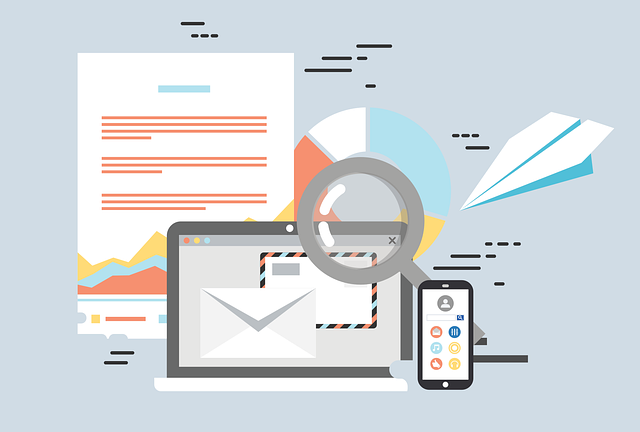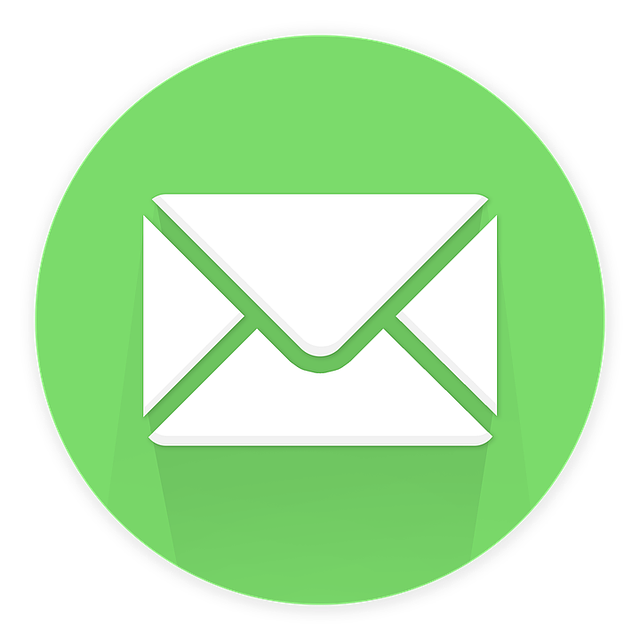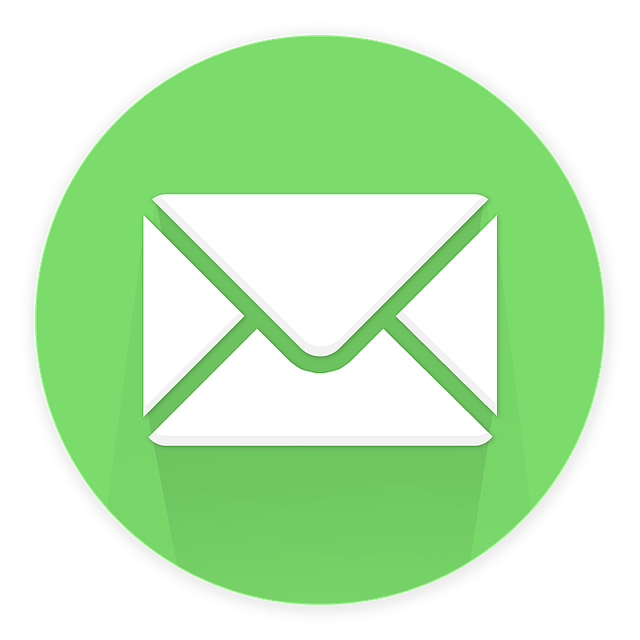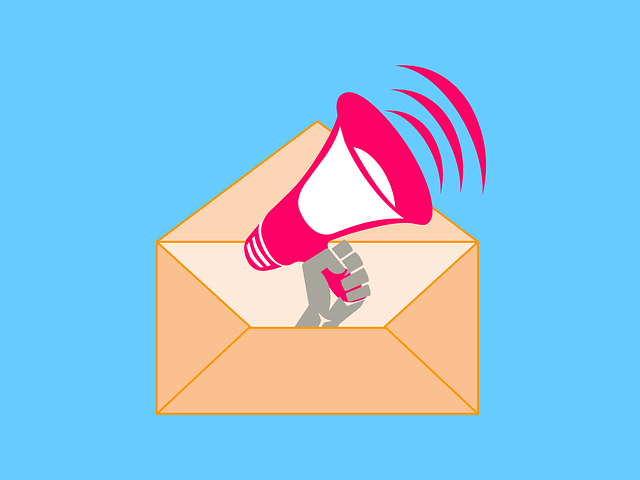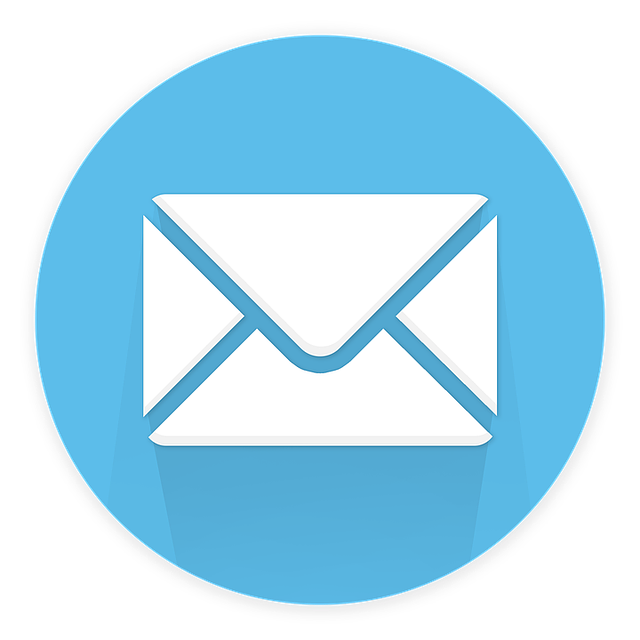Did you know that email marketing has an average return on investment (ROI) of $42 for every $1 spent? That’s a staggering 4,200% ROI!
In the fast-paced and highly competitive automotive industry, email marketing can be a powerful tool to engage with your customers and drive sales. But where do you start?
This beginner’s guide will provide you with the industry-specific expertise and strategic insights needed to effectively use email marketing in the automotive industry.
From building an effective email list to creating compelling content, personalizing your campaigns to automating processes, and measuring campaign success, we will cover all the essential steps to help you maximize your email marketing efforts.
Whether you are a dealership, an auto parts retailer, or a car rental agency, this guide will equip you with the knowledge and tools necessary to create impactful email campaigns that drive results.
Get ready to take your email marketing to the next level and boost your business in the automotive industry!
Key Takeaways
- Email marketing has a high ROI in the automotive industry
- Building an effective email list involves segmentation and ensuring high deliverability
- Compelling email content can be created through testing different approaches and optimizing deliverability
- Personalizing email campaigns allows for a deeper connection with subscribers and can be achieved through segmentation based on demographics, purchase history, and engagement level.
Building an Effective Email List
Now, let’s talk about how you can start building an email list that will captivate your audience and drive them to take action.
One of the first steps in building an effective email list is email segmentation. By segmenting your list, you can send targeted emails to specific groups of people, increasing the chances of engagement and conversion.
Additionally, it’s important to ensure high email deliverability. This means making sure your emails actually reach your subscribers’ inboxes and don’t get stuck in spam folders. To improve deliverability, focus on maintaining a good sender reputation, using a reputable email service provider, and regularly cleaning your list to remove inactive or invalid email addresses.
With a well-segmented and deliverable email list, you can now move on to creating compelling email content that will keep your subscribers engaged and eager for more.
Creating Compelling Email Content
To create engaging email content, you’ll want to test out different approaches and see what resonates with your audience. Improving deliverability is crucial in ensuring that your emails reach your subscribers’ inboxes.
Start by optimizing your subject lines, avoiding spam trigger words, and regularly cleaning your email list to remove inactive or bounced email addresses.
Additionally, focus on crafting visually appealing emails using effective email design techniques. Use eye-catching images, clean layouts, and clear calls to action to capture your audience’s attention and encourage them to take action.
Experiment with different email formats, such as newsletters, product updates, or promotional emails, to see which ones generate the most engagement.
By creating compelling email content and optimizing deliverability, you’ll be well on your way to successfully reaching your audience.
Transitioning into the next section, personalizing your email campaigns allows you to connect with your subscribers on a deeper level.
Personalizing Your Email Campaigns
Crafting personalized email campaigns allows you to establish a genuine connection with your subscribers, fostering a sense of loyalty and trust. By implementing segmentation strategies and email personalization techniques, you can tailor your messages to meet the specific needs and interests of each recipient. This level of customization not only increases the chances of your emails being opened and read, but also enhances the overall customer experience. To effectively personalize your email campaigns, consider using the following segmentation criteria:
| Segmentation Criteria | Description | Example |
|---|---|---|
| Demographics | Segmenting based on age, gender, location, and more. | Sending targeted offers based on location. |
| Purchase History | Segmenting based on past purchases and interests. | Recommending related products based on previous buys. |
| Engagement Level | Segmenting based on email open rates and click-throughs. | Sending exclusive content to highly engaged subscribers. |
By leveraging these segmentation strategies and utilizing email personalization techniques, you can create highly targeted and relevant campaigns that resonate with your audience. This personal touch will not only increase the effectiveness of your email marketing efforts, but also pave the way for automating email marketing processes.
Automating Email Marketing Processes
Maximize the efficiency of your campaigns by automating your email marketing processes. Streamlining workflows is crucial in the automotive industry, where time is of the essence. By automating repetitive tasks such as sending welcome emails or follow-ups, you can save valuable time and focus on other important aspects of your business.
Additionally, automating your email campaigns allows you to effectively nurture leads. You can segment your email list based on various criteria such as demographics, purchase history, or engagement level. This enables you to send highly targeted and personalized emails that resonate with your audience, increasing the likelihood of conversion.
By automating your email marketing processes and streamlining workflows, you can optimize your campaigns and achieve better results. Transitioning into the subsequent section, measuring and analyzing email campaign success, will provide insights into the effectiveness of your automated strategies.
Measuring and Analyzing Email Campaign Success
Get ready to dive into the juicy details of how you can measure and analyze the success of your email campaigns because, let’s face it, you’re dying to know if all that hard work is paying off, right?
Tracking conversions and analyzing customer behavior are essential for understanding the effectiveness of your email marketing efforts in the automotive industry. Here are some key ways to measure and analyze your email campaign success:
-
Utilize email analytics tools to track open rates, click-through rates, and conversion rates.
-
Monitor customer behavior by analyzing the actions they take after receiving your emails, such as website visits and purchases.
-
Segment your email list to assess the performance of different target groups and tailor your campaigns accordingly.
-
A/B test different elements of your emails, such as subject lines and call-to-action buttons, to optimize your conversion rates.
Now that you have a grasp on measuring and analyzing email campaign success, let’s explore some best practices for email marketing in the automotive industry.
Best Practices for Email Marketing in the Automotive Industry
Let’s dive into the top tips for making your automotive email campaigns a hit! When it comes to email marketing in the automotive industry, two crucial factors to consider are email segmentation and email deliverability. By segmenting your email list, you can target specific groups of customers with personalized content, increasing the chances of engagement and conversion. Additionally, focusing on improving email deliverability ensures that your emails reach the intended recipients’ inboxes and don’t get lost in spam folders. To optimize your email campaigns, follow these best practices:
- Segment your email list based on factors like demographics, purchase history, and engagement level.
- Craft compelling subject lines and personalized content to grab your audience’s attention.
- Regularly monitor your email deliverability by checking metrics like bounce rates and spam complaints.
By implementing these strategies, you can maximize the effectiveness of your automotive email marketing campaigns and drive better results.
Frequently Asked Questions
How can I ensure that my email list is targeted and relevant to the automotive industry?
To build a targeted audience for automotive email marketing, start by conducting thorough market research. Identify your ideal customer profile and tailor your email list accordingly.
Use targeted lead generation techniques such as website sign-ups, online surveys, and incentives to attract relevant subscribers.
Maximize open rates by crafting compelling subject lines, personalizing emails, and providing valuable automotive industry content.
Regularly review and update your list to ensure it remains targeted and relevant.
What are some effective strategies for overcoming email deliverability challenges in the automotive industry?
To improve email deliverability in the automotive industry, there are effective strategies you can implement.
First, focus on email engagement by creating compelling subject lines and personalized content.
Use a reputable email service provider to ensure your emails are delivered to the inbox and not marked as spam.
Regularly clean your email list by removing inactive or bounced email addresses.
Lastly, monitor your email deliverability metrics to identify any issues and make necessary adjustments to your email deliverability strategies.
Are there any legal considerations or regulations that I need to be aware of when conducting email marketing in the automotive industry?
When conducting email marketing in the automotive industry, it’s crucial to be aware of legal considerations and regulations. Data protection is a key aspect to keep in mind, ensuring that you’re handling customer data safely and securely.
Additionally, compliance with the CAN SPAM Act is essential. This means including a clear and conspicuous opt-out mechanism in your emails, providing accurate sender information, and honoring unsubscribe requests promptly.
Staying informed and adhering to these regulations will help you maintain a successful and compliant email marketing campaign.
How can I effectively segment my email list to personalize my email campaigns for different customer groups?
To effectively segment your email list and personalize your email campaigns for different customer groups, you might be concerned about the time and effort it takes. However, the benefits of segmentation far outweigh the initial effort.
By dividing your list based on demographics, behavior, and interests, you can send targeted and relevant content to each group. Use personalization techniques like dynamic content, personalized subject lines, and tailored offers to enhance engagement and conversion rates.
This strategic approach ensures your messages resonate with each customer segment, driving better results.
What are some recommended tools or software for automating the email marketing processes in the automotive industry?
To automate your email marketing processes in the automotive industry, there are several recommended email marketing automation tools available. These tools, such as Mailchimp, Constant Contact, and HubSpot, can help streamline your email campaigns. They allow you to schedule and send emails automatically. Additionally, they offer features like segmentation, personalization, and analytics, which are crucial for effective email marketing.
By utilizing these tools, you can optimize your email campaigns, track performance, and make data-driven decisions to improve your overall marketing strategy.
Conclusion
Congratulations! You’ve now gained a wealth of knowledge on email marketing in the automotive industry. By applying the techniques and strategies discussed, you can build a robust email list, create compelling content, personalize your campaigns, automate processes, and measure success effectively.
Just like a skilled mechanic fine-tuning an engine, you’ve got the tools to optimize your email marketing efforts and drive success in this competitive industry.
So, rev up your engines and watch as your email marketing campaigns accelerate towards greater engagement and conversions.

